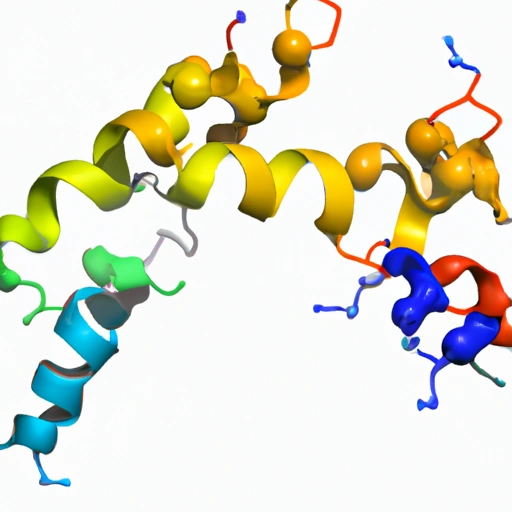Rennet
Description

Rennet is a complex set of enzymes produced in the stomachs of ruminant mammals which is often used in the food industry, primarily for the production of cheese. It causes milk to coagulate, leading to curd formation necessary for the cheesemaking process. Rennet is available in several forms including natural animal rennet, microbial rennet, and genetically engineered rennet. The type of rennet used can affect the flavor and texture of the cheese.
Common uses
Rennet is predominantly used in the production of cheese. The type and amount of rennet used can vary widely depending on the specific cheese recipe and desired final product characteristics.
Nutritional value
Calories
Rennet itself contains negligible calories when added to food products.
Protein
As an enzyme, rennet is a protein, but it is used in such small amounts that its protein content is usually inconsequential in the overall nutritional profile of the finished product.
Fat
Rennet is essentially fat-free.
Carbohydrates
Rennet contains no carbohydrates.
Vitamins
There are no significant amounts of vitamins in rennet, as its main function is enzymatic.
Minerals
Rennet does not contribute a substantial amount of minerals to food products.
Health benefits
Rennet is used in such small quantities in food preparation that it does not contribute significantly to the overall nutritional value of the food. Its main function is as a processing aid in cheese production.
Potential risks
Some individuals may have ethical concerns with animal-derived rennet or may experience allergic reactions to certain types of microbial rennet. It is important for consumers to be aware of the source of rennet in their cheese.
Common recipes
Rennet is essential in many cheese recipes, from soft cheeses like mozzarella to firm varieties like cheddar.
Cooking methods
The enzyme is typically dissolved in water before being added to milk. The precise quantity, often measured in drops (for liquid rennet) or fractions of a teaspoon (for powdered rennet), is crucial and varies with recipes. In European measures, rennet is often used in milliliters or grams, while in the American system, teaspoons and ounces might be more common.
Pairing with other ingredients
Rennet is paired with milk to produce cheese and does not typically pair directly with other ingredients in recipes. The resulting cheese can be paired with a wide range of foods, including fruits, wines, and bread.
Summary
Rennet is an important ingredient in the world of cheesemaking, enabling milk to coagulate and form curds. Its historical roots span millennia, and today, it is used in a variety of forms across the globe. While rennet itself is not a source of nutrition, it is pivotal in creating cheeses that are enjoyed for their rich flavors and textures. As with any food ingredient, understanding its source and potential dietary restrictions is key for both culinary professionals and consumers alike.